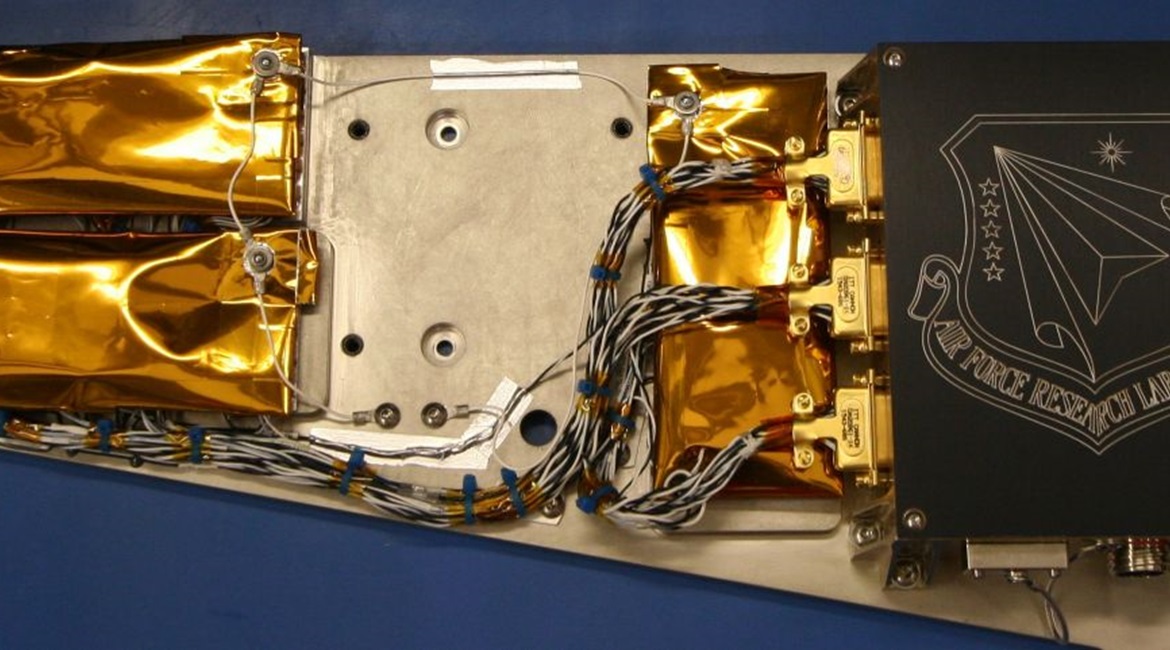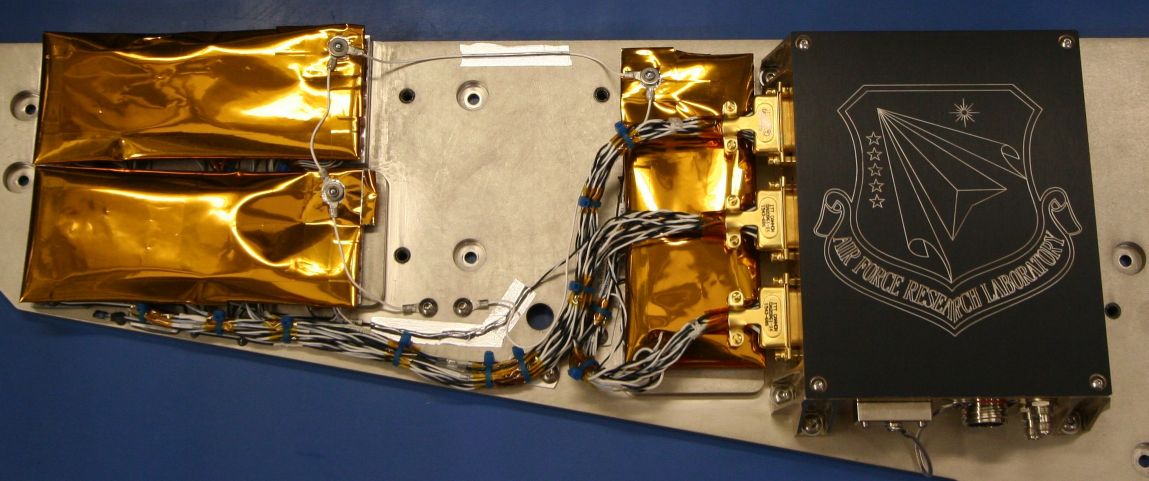
The US Air Force (USAF) hosted a heat pipe experiment on its most recent Boeing X-37B Orbital Test Vehicle (OTV) mission, which could help the service learn how to better manage heat with spacecraft.
The X-37B reusable unmanned spacecraft returned to earth on 27 October after spending 780 days in space. USAF spokesperson Ann Stefanek said on 29 October that the X-37B heat pipe experiment was part of the Air Force Research Laboratory’s (AFRL’s) Advanced Structurally Embedded Thermal Spreader II (ASETS-II) effort, which measures the microgravity performance, startup characteristics, and long-term performance of an oscillating heat pipe (OHP) on orbit. The most recent OTV-5 mission was the second time the ASETS-II flight experiment went to space.

The AFRL’s Advanced Structurally Embedded Thermal Spreader (ASETS-II) heat pipe experiment measures the microgravity performance, startup characteristics, and long-term performance of an oscillating heat pipe on orbit. (Air Force Research Laboratory)
The OHP is a simple, wickless heat pipe capable of rejecting more than 200x the maximum heat load of an axially grooved heat pipe and transporting over 45x more heat than copper, according to the AFRL. In addition to out-performing traditional thermal management technologies, OHPs enable low-cost manufacturing techniques due to the lack of an internal wick structure. OHPs provide a low-cost method to alleviate electronics thermal constraints and allow for increased processing power, or bandwidth, for commercial and military users.
Brian Weeden, director of programme planning at the Secure World Foundation (SWF), told Jane’s
Looking to read the full article?
Gain unlimited access to Janes news and more...




